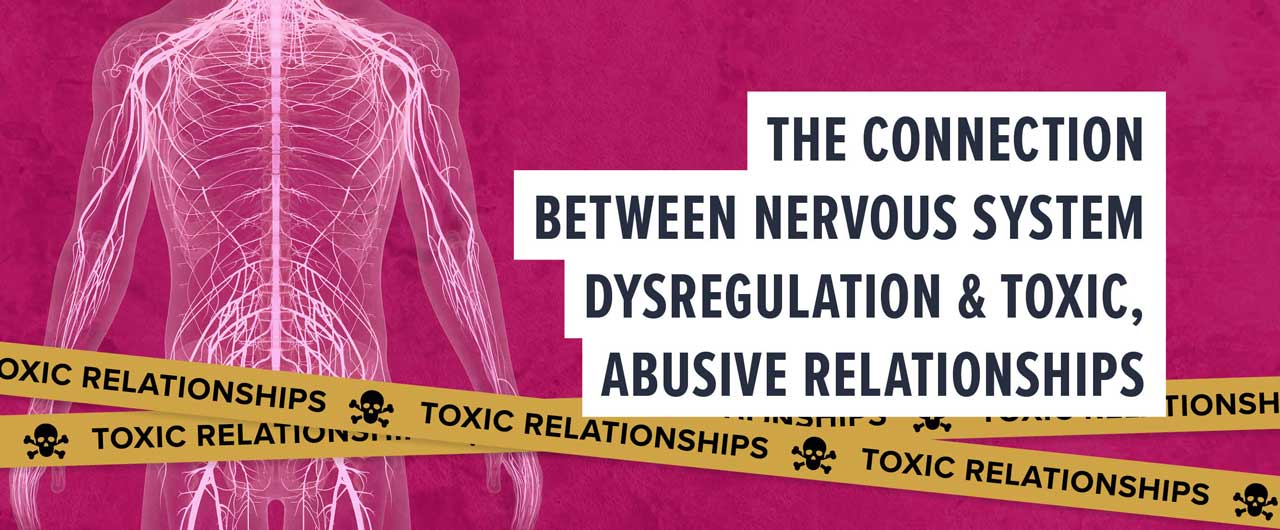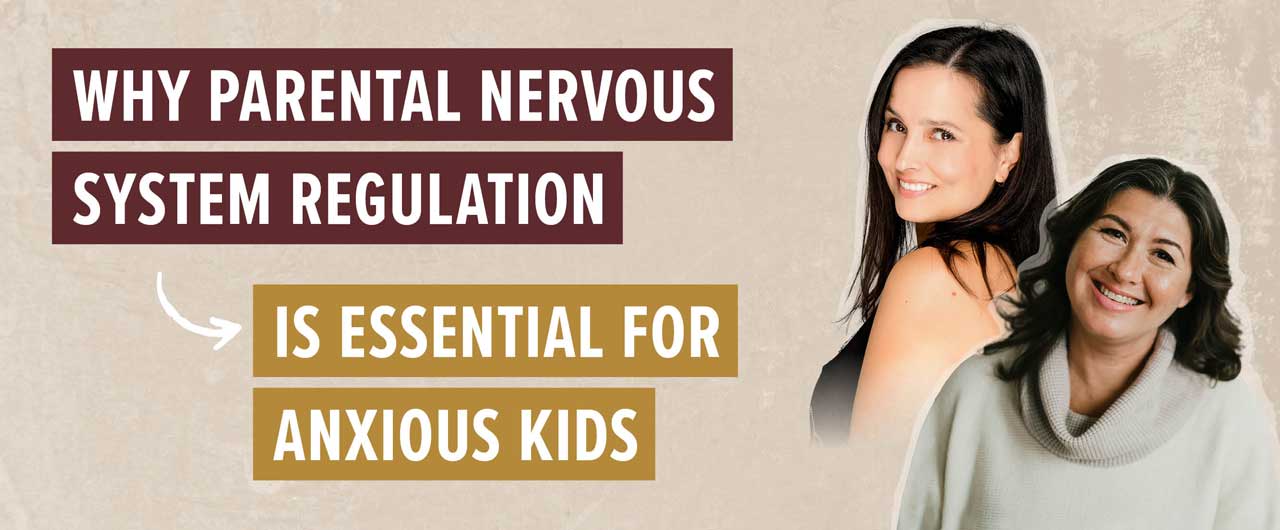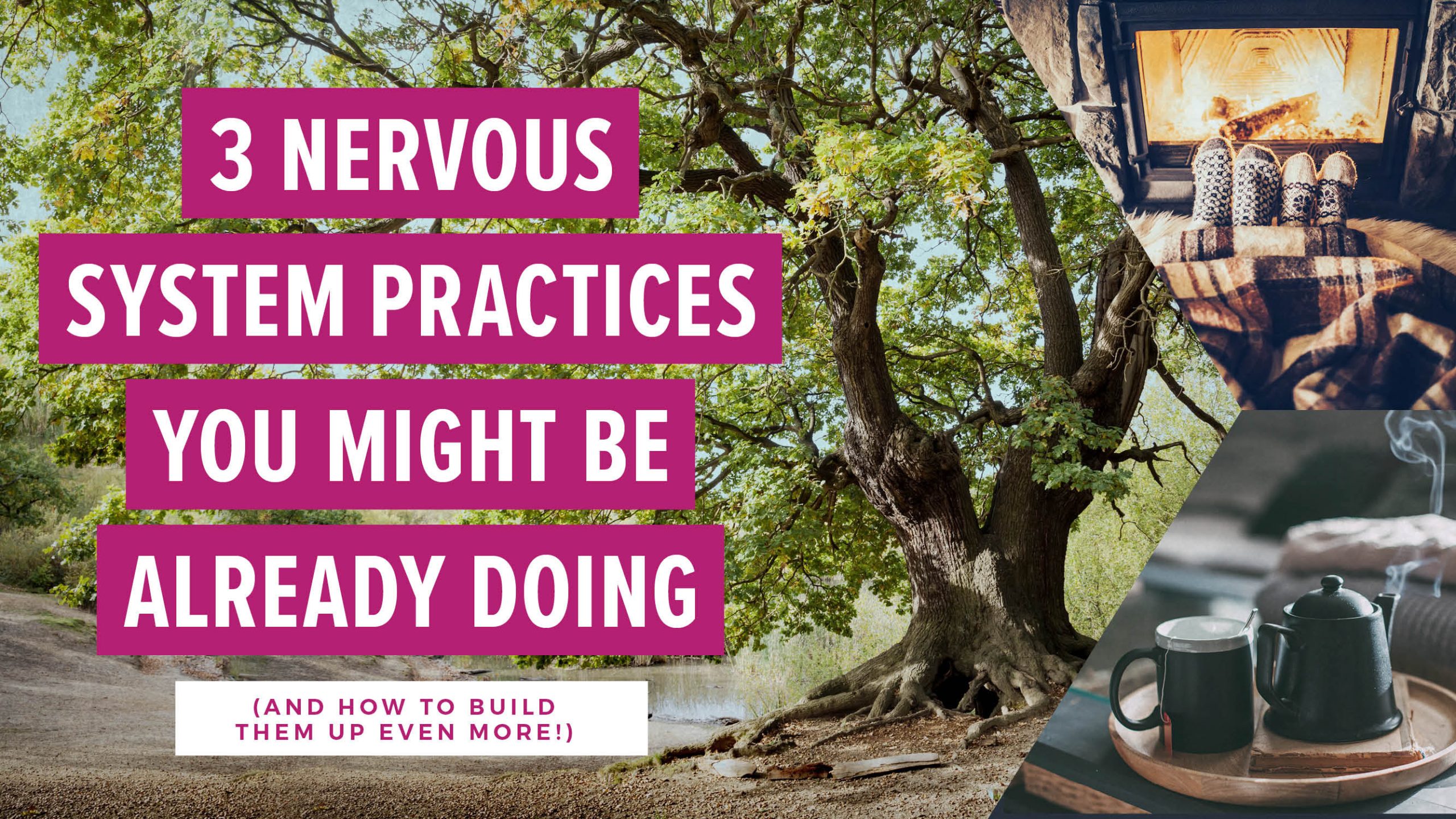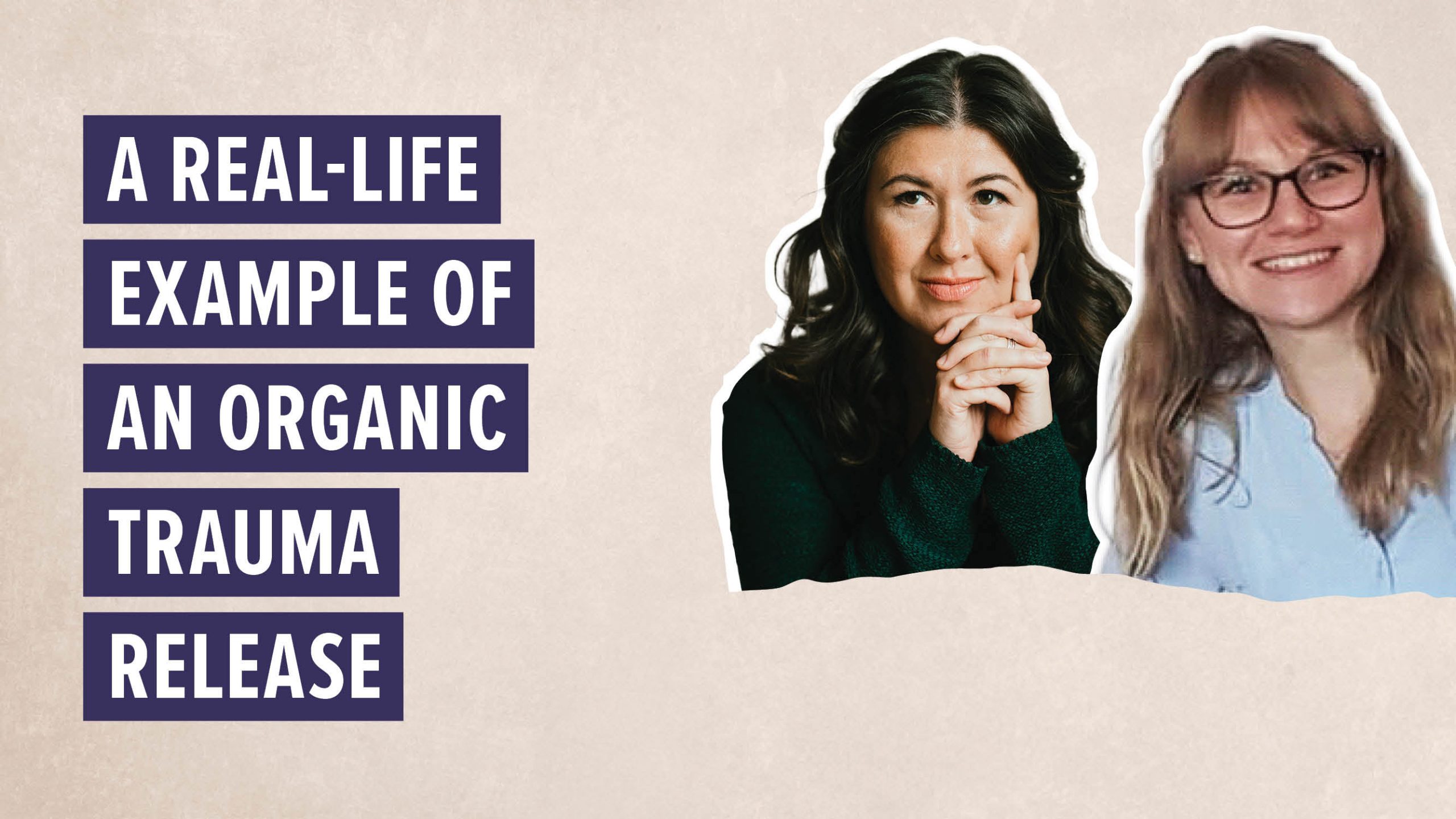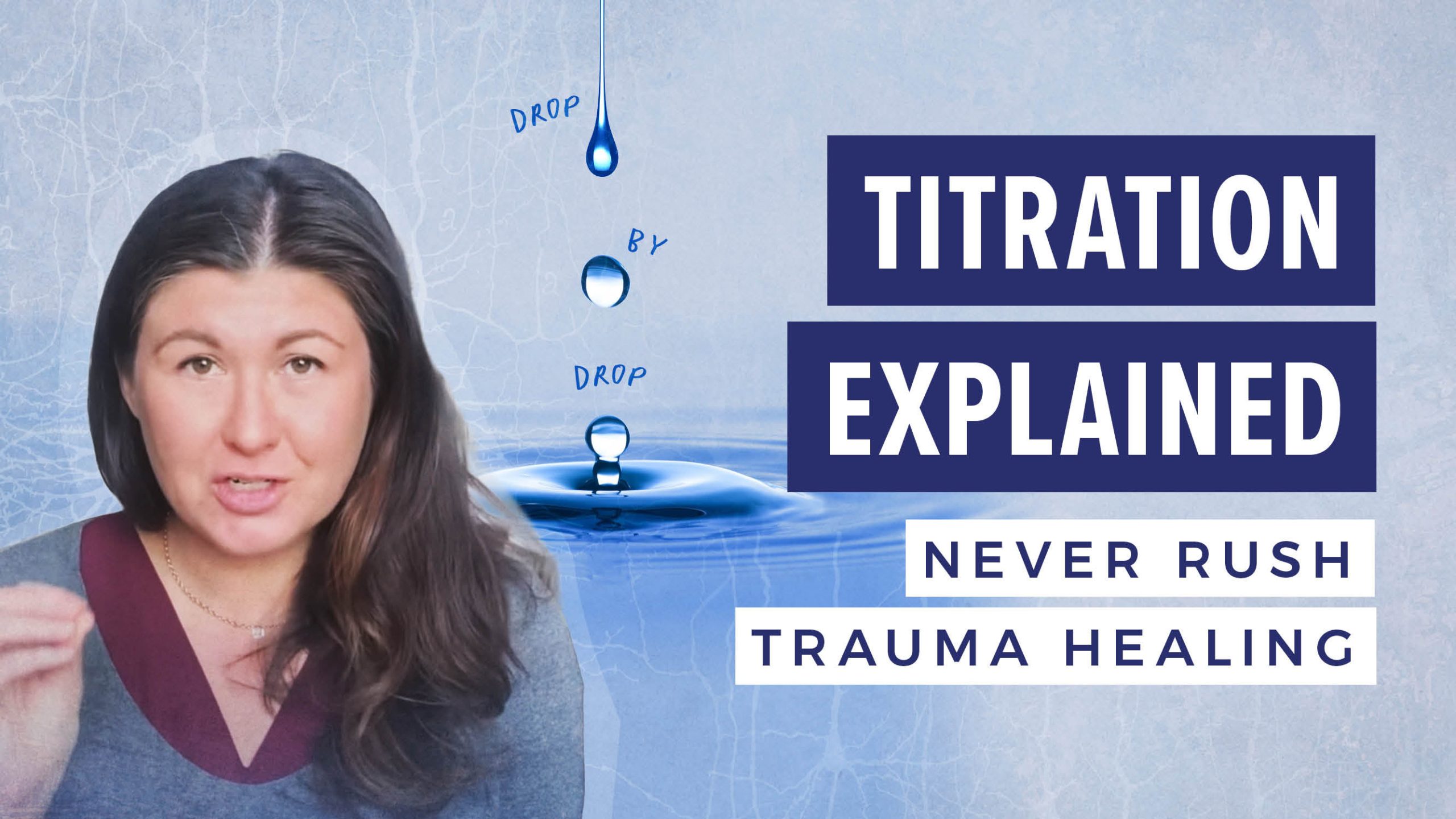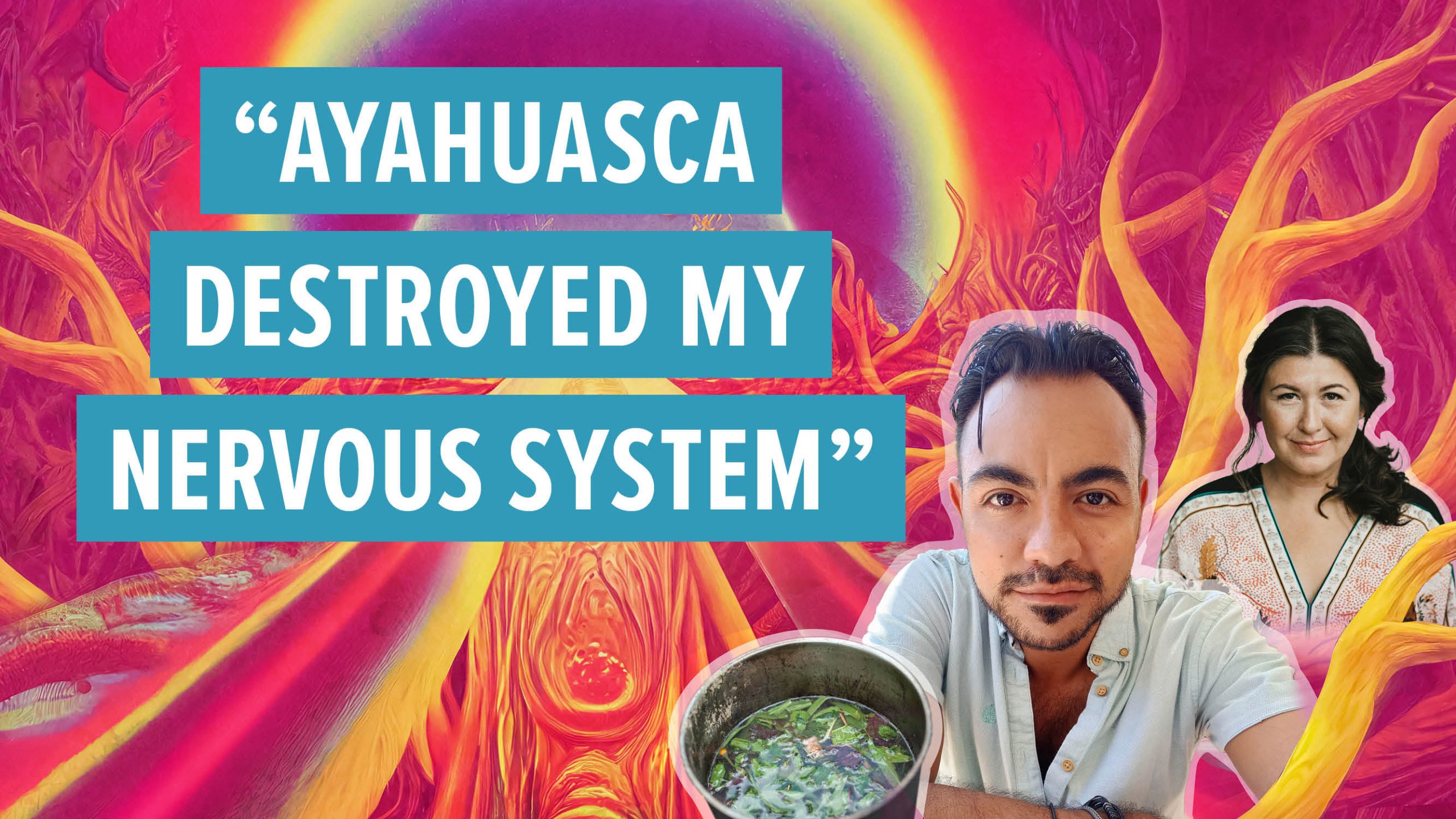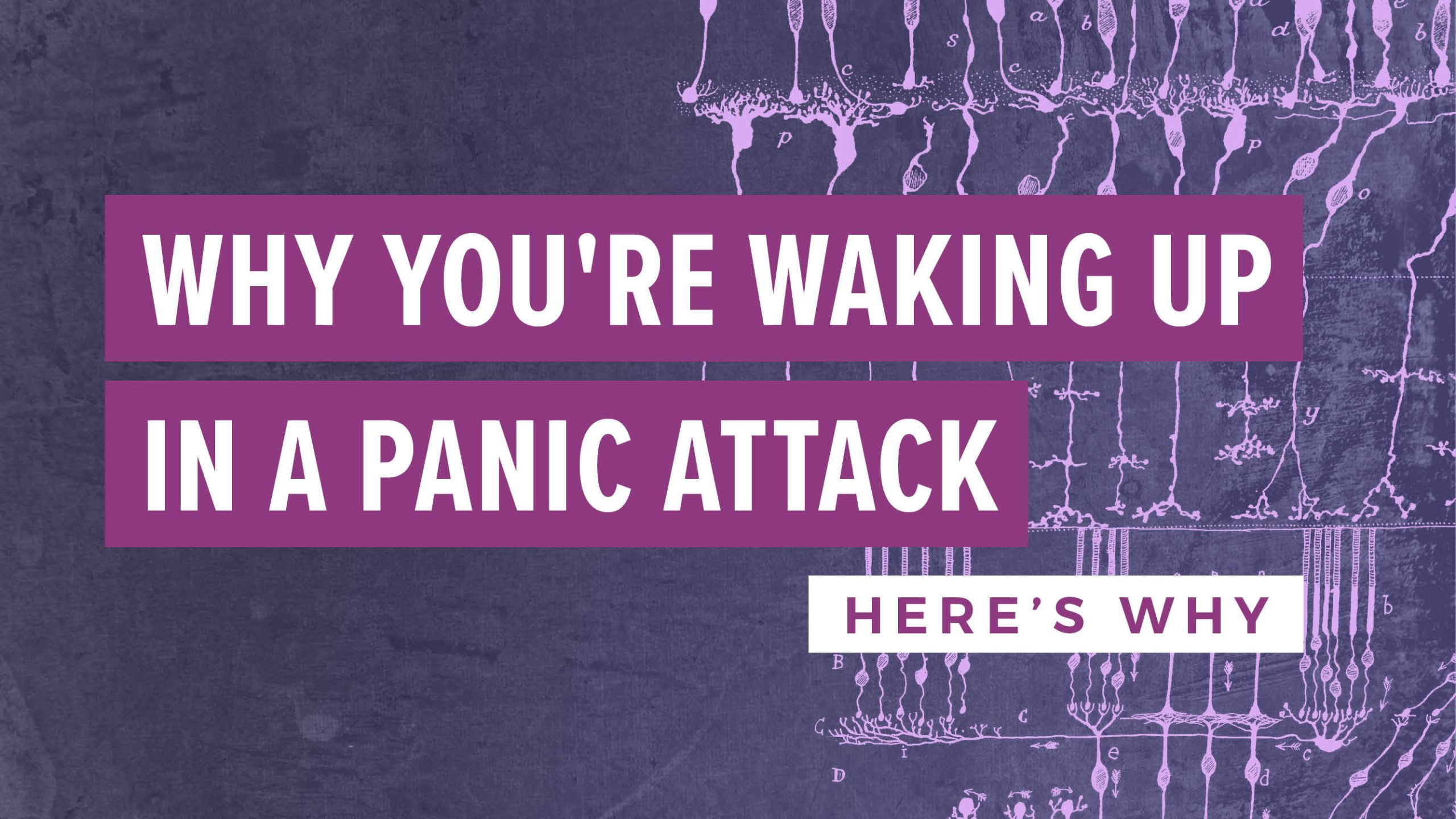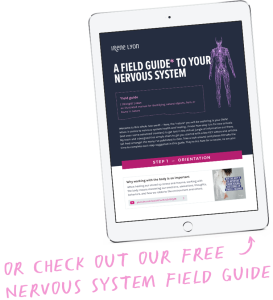“Habitual repression of emotion leaves a person in a situation of chronic stress, and chronic stress creates an unnatural biochemical milieu in the body… Disease, in other words, is not a simple result of some external attack but develops in a vulnerable host in whom the internal environment has become disordered.”
Gabor Maté, When the Body Says No: The Hidden Cost of Stress
* * *
Stress can appear in many forms: writing an exam, stubbing your toe, a car accident, tripping on your own shoelaces, being shouted at, shouting at someone, a loud noise that causes you to jump, sunshine glaring in your eyes, getting sick, your best friend getting sick, and so on.
Stress comes in many guises and disguises.
The real way to deal with stress is not to avoid it or try to delete it from your life, but notice how it affects your system and how to reduce it.
1. The left-hand side – the ascending line – depicts a rise in your body’s stress levels from a stressor.
2. The top of that curve is the height – peak arousal – of the stress response.
3. The right-hand side, something I like to call, The Descending Line, is the coming down of the stress response: relaxation and de-activation which brings the body back to its resting baseline state.
What commonly happens is that we hover at the high point of that curve, or somewhere just to the left, or to the right of it.
Think about what you do when you hold back tears after an accident or emotional upset.
The mouth tightens, the throat constricts, you are essentially holding in those tears as well as the emotion, energy and stress of the situation. You are keeping yourself for experiencing the peak arousal of the stressor. This would be hovering out on the left side of the diagram.
Hovering to the right side of it would be letting out the cry and tears, but not allowing for the tears to fully stop on their own. A completion of crying would be waiting until the sobs and cries diminish naturally on their own before going on to the next thing in your day. When there is a incomplete response (as in this example, not waiting for the tears to subside naturally), heart rate, breath rate and body temperature stay elevated and physical signs such as trembling in the body, a high startle response or being dis-oriented become second nature, and then other more severe symptoms such as insomnia or panic and anxiety take suit.
When we live in this chronic stress state, our stress hormones stay revved up and our entire body is on alert all the time.
The consequence of this is stress-related illness.
Here is a natural stress management technique to try out
The next time something stressful happens, rather than ignoring it and going onto the next task of the day, take a moment to actually sense the physicality of this stress and where it resides in your body.
People often depict this as an energy, heat, or tightness in certain body area. Common areas that people feel this is the belly, chest, throat and jaw. Often there is an increase in heart rate or a shallowness of breath; whatever it is that you notice pay attention to the physicality of it. Then, rather than trying to bring yourself out of it, or the classic “take a deep breath” (which can actually make the situation worse), re-orient to your surroundings, and allow some time (it might only take 10 seconds!) for this descending line to take place naturally.
Animals in the wild and the stress response
It has been noted that animals in the wild do not get traumatized and it is because they don’t keep their alert buttons turned on all the time.
Animals orient to their environment when they sense a stress, which in their case is usually the threat of a predator. When the gazelle hears a twig snap she stops grazing, lifts her head and looks around (she orients). The difference between them and us is that once wild animals establish their safety, they go back to grazing and simply being an animal. They are constantly experiencing this descending line so that they can prepare themselves for the next stress. If they were to stay in a constant state of high arousal, increased heart rate, trembling and being dis-oriented, they would be risking their survival.
Back to humans
When I have my clients practice this concept of orientation, most of them notice an instant change in their body. Spontaneous breath returns. Their belly softens. Their system drops down a notch and relaxes. They experience the descending line.
This shift in attention to the here and now via re-orienting is hard-wired in our body, yet as a Westernized society, we have lost this natural stress relief that comes from seeing what is around us.
Consider it a dose of good clean natural medicine.
Irene.


